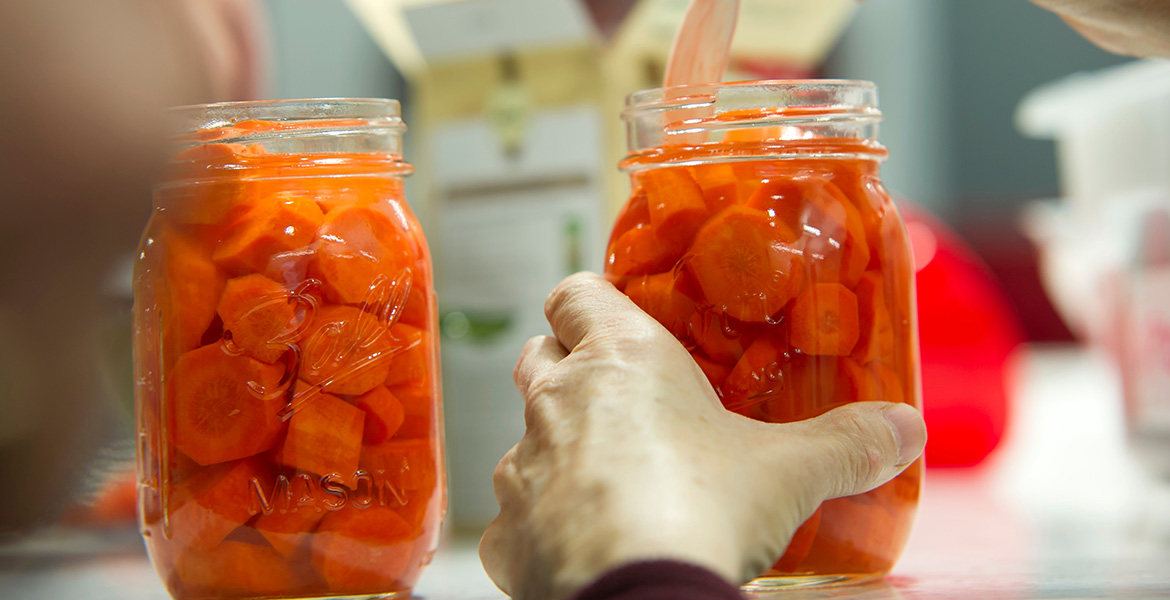
Canning produce requires careful recipe
Thursday, October 1, 2020
Canning can be a fun and rewarding way to prolong fresh produce as the season turns chilly, but it requires careful attention to the fruit or vegetable’s chemical profile, Oklahoma State University Extension specialists said.
For example, a popular OSU Extension fact sheet on the importance of food pH in canning operations highlights information about acidity, or pH levels. Canning is the process of sterilizing and preserving food in an airtight container.
“Microbial growth can be responsible for spoiling the food or for creating a population of a disease-causing organism,” said William McGlynn, horticultural products processing specialist at the OSU’s Robert M. Kerr Food and Agricultural Products Center. “Certain microbes can make you sick if you consume the food, giving you a foodborne illness.”
Killing bacteria is easier when using lower-pH produce; the high acidity of the canning process creates a hostile environment, McGlynn said. Higher-pH fruits and vegetables tend to carry organisms that are already more resistant, making microbial growth harder to control.
“The most important thing to know is whether it is a high- or low-acid product,” McGlynn said. “The break point is a pH of 4.6 – if the pH is below 4.6 it is much easier to process.”
When the pH is above 4.6, a pressure cooker is necessary to limit potential risks such as the bacteria Clostridium botulinum, McGlynn said. The growth and germination of those spores produce a toxin that causes botulism.
More canning information is available on OSU Extension’s website.
MEDIA CONTACT: Lauren Raley or Brian Brus | Agricultural Communications Services | 405-744-6792 | BBrus@okstate.edu
